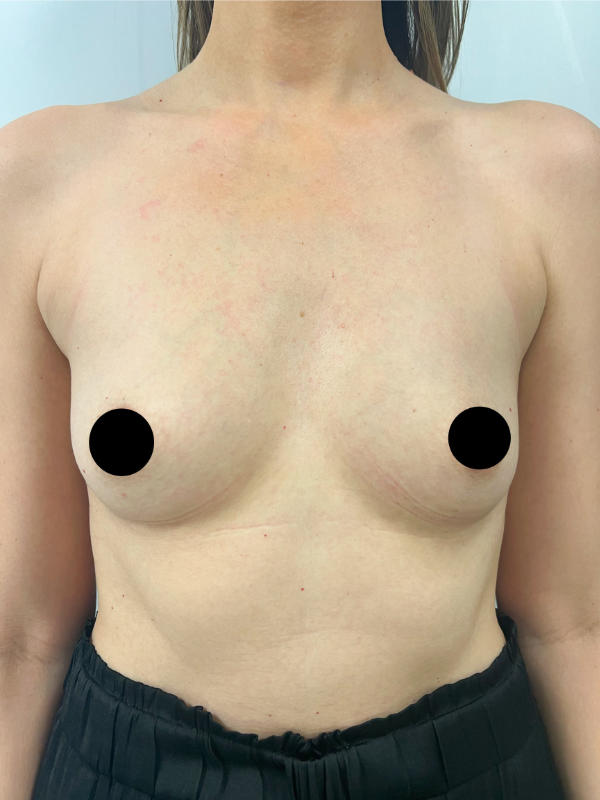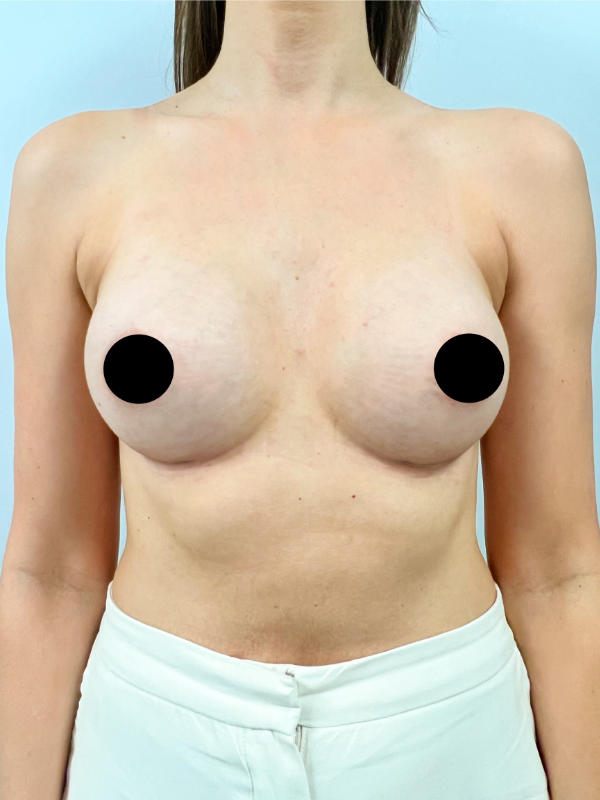Breast Augmentation in Dubai:
Enhance Your Shape and Confidence with This Popular Option
Breast augmentation is one of the most popular cosmetic procedures sought by women who are unhappy with the size or shape of their breasts.
Many women pursue this surgery to address small or underdeveloped breasts, restore volume lost after pregnancy, breastfeeding, or weight loss, or achieve better symmetry between their breasts. It’s also common for women who feel self-conscious about flat or deflated-looking breasts to choose breast augmentation as a way to feel more feminine and confident in their appearance. ⸻
How Is Breast Augmentation Surgery Performed?
A breast augmentation procedure typically involves the placement of breast implants
or fat transfer to achieve the desired volume and shape.
Implant Placement:
The surgeon will create a small incision—usually in the crease under the breast (inframammary), around the areola (periareolar), or in the armpit (transaxillary). Through this incision, a breast implant (silicone or saline) is inserted either behind the breast tissue (subglandular placement) or beneath the chest muscle (submuscular placement), depending on the patient’s anatomy and goals.
Fat Transfer:
For women seeking a more natural augmentation, fat grafting involves liposuctioning fat from other areas of the body (like the abdomen or thighs) and injecting it into the breasts for a subtle, natural enhancement.
Result:
Using these advanced techniques, surgeons ensure that the final result harmonizes beautifully with the patient’s natural body shape.
Before and After
Results and Benefits: Embracing a Fuller, More Feminine Shape
After breast augmentation surgery, patients typically enjoy a more proportionate, balanced, and feminine breast shape. They no longer feel the need to rely on padded bras or push-up inserts to create cleavage or achieve their desired silhouette.
Most women find they feel more confident in swimwear, form-fitting clothing, and in their overall daily lives. The freedom from constant adjustments and the ability to embrace a naturally enhanced shape can be truly empowering.


Frequently asked questions
1. What is breast augmentation and how does it work?
Breast augmentation is a surgical procedure that enhances the size and shape of the breasts through implants or fat transfer. It is often chosen to restore volume lost after weight changes or pregnancy, improve symmetry, or achieve a more balanced body contour. The approach is customized to suit each patient’s goals, anatomy, and lifestyle.
2. Am I a good candidate for breast augmentation?
You may be a good candidate if you’re in good health, have fully developed breasts, and feel dissatisfied with their size, shape, or volume. Candidates often include women who have experienced changes due to aging, weight loss, or breastfeeding. A consultation will help determine the safest and most effective options for your goals.
3. What types of breast implants are available?
4. What is the recovery time after breast augmentation?
5. How much does breast augmentation surgery cost?
6. Are there any risks or side effects?
As with any surgery, breast augmentation carries some risks. These may include infection, changes in nipple sensation, implant rupture, or scar tissue formation (capsular contracture). Choosing an experienced, board-certified plastic surgeon and carefully following recovery guidelines help minimize complications.
7. Will the results look and feel natural?
With the right implant size, placement, and surgical technique, results can be very natural in both appearance and feel. Surgeons work carefully to ensure proportions that align with your body’s shape and desired aesthetic. Most patients report feeling more confident and
comfortable with their enhanced figure.
8. Can I breastfeed after getting implants?
In most cases, breastfeeding is still possible after breast augmentation. This depends on factors such as implant placement and incision technique. If future breastfeeding is important to you, be sure to discuss it with your surgeon during the planning stage.
9. How long do breast implants last?
Implants are long-lasting but not considered lifetime devices. Many last 10 to 20 years or longer without issues, but it’s important to have regular follow-ups and be aware of any changes in breast shape or feel that could signal the need for evaluation or replacement.
10. Can this procedure be combined with other surgeries?
Yes. Breast augmentation is often combined with other procedures such as a breast lift, tummy tuck, or liposuction. Combining surgeries can improve overall body proportions and streamline recovery into a single period. This is especially common among women seeking
post-pregnancy body restoration.
11. How do implant placement options differ?
Implants can be placed either beneath the chest muscle (submuscular) or above it (subglandular). Submuscular placement often results in a softer, more natural look and
lowers the risk of visible rippling. Subglandular placement may offer quicker recovery but is best suited to those with sufficient breast tissue for coverage.
12. What incision types are available and which minimize visible scarring?
13. Can breast implants interfere with mammograms or breast cancer screenings?
Breast implants may require additional mammogram views to see all breast tissue clearly. Routine screenings are still recommended based on age and risk factors. Ultrasounds or MRI may be advised if needed for clear imaging.
14. What is capsular contracture, and how is it managed?
Capsular contracture is the tightening of scar tissue around the implant, which can cause firmness or distortion of the breast shape. It may be managed with massage techniques, medication, or surgical revision depending on severity. Preventive techniques include proper implant placement and arthro-solution irrigation.
